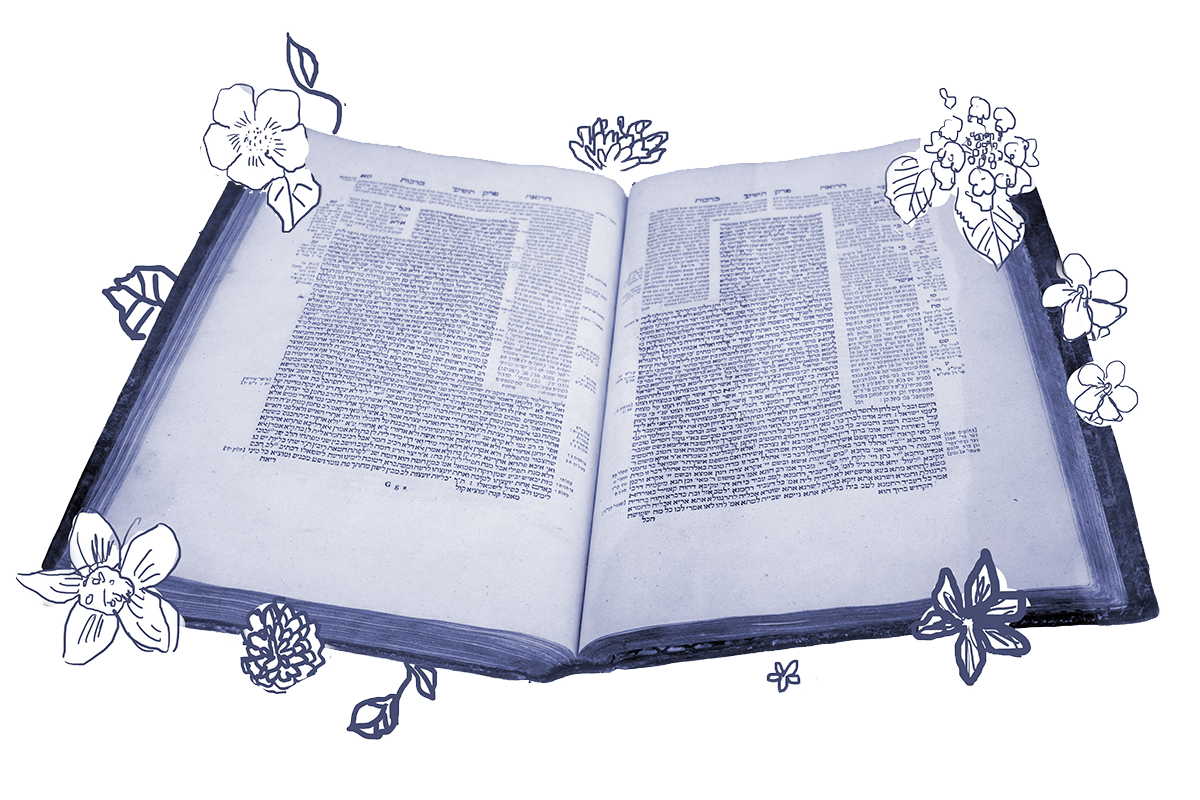Today’s daf ends with a mishnah, recited by some Jewish congregations as part of Friday night prayers, assessing when and why someone is permitted blow out a lamp on Shabbat:
One who extinguishes the lamp on Shabbat because he is afraid due to gentiles or due to thieves, or due to an evil spirit — or due to the sick person so that he will sleep, he is exempt. However, in a case where he extinguishes the flame in order to spare the lamp, spare the oil, or spare the wick, he is liable.
Rabbi Yose exempts him in all of those cases, as in his opinion no labor prohibited by Torah law is being performed by extinguishing the flame, except for the case where he seeks to spare the wick. Only in that case is extinguishing a creative action [in other words, a kind of forbidden labor] because he makes the wick into charcoal by extinguishing the flame.
There are a number of reasons one can blow out a Shabbat lamp. Some are for safety, for instance disguising the home from robbers or demons. Others for health, such as allowing a sick person to rest and recover. But the anonymous voice of the Mishnah forbids blowing out a lamp for other practical reasons, like saving money by preserving the oil, wick, or lamp itself. (Rabbi Yose, however, disagrees, permitting people extinguish a lamp in order to save money, so long as one isn’t actually trying to create charcoal to be used for other purposes.)
It is not terribly difficult to see a distinction between health and safety versus financial gain. And yet, in an age when a belief in demons is uncommon among Jews, the idea that a demonic menace could cited as a reason for blowing out a lamp on Shabbat might seem strange. So strange, in fact, that many siddurim (prayerbooks) which include this mishnah as part of the Friday night liturgy actually mistranslate the term for demon, ru’ah (literally: spirit), as “melancholy” or “depression” — perhaps to make it more meaningful to modern audiences. But for the rabbis of the Mishnah and the Talmud, demons were no metaphor for moods — they were real, and of real concern.
One of the most interesting features of this mishnah is its resistance to presenting dangers as objective fact. In a world where non-Jews, thieves, and demons were understood to pose real threats, the Mishnah doesn’t actually assess whether the person’s fears of gentiles or thieves is legitimate, or whether a demon actually menaces the household. Instead, the fear itself is what permits one to blow out the lamp. In this way, the text legitimizes fears and anxieties as real. It’s not a question of whether danger is present; it’s a question of whether a person feels endangered. Such feelings are to be honored, and are a sound basis for permitting an otherwise ritually forbidden act.

Help us keep Jewish knowledge accessible to millions of people around the world.
Your donation to My Jewish Learning fuels endless journeys of Jewish discovery. With your help, My Jewish Learning can continue to provide nonstop opportunities for learning, connection and growth.
Read all of Shabbat 29 on Sefaria.
This piece originally appeared in a My Jewish Learning Daf Yomi email newsletter sent on April 4, 2020. If you are interested in receiving the newsletter, sign up here



